Nothing is more refreshing after a strenuous work-out than drinking water. Although water is probably the most beneficial beverage on the planet, it can also carry significant health risks for the unwary drinker.
 What are drinking water contaminants?
What are drinking water contaminants?
Drinking water can contain millions of unexpected and unwanted particulates, compounds or even living organisms. The Safe Drinking Water Act defines the term “contaminant” as meaning any physical, chemical, biological, or radiological substance or matter in water. Therefore, the law defines “contaminant” very broadly as being anything other than water molecules.
Common contaminants fall into a few basic categories:
biological
chemical
radiological
Let’s take a look at each type of contaminant and the problems they can cause.
Biological contaminants
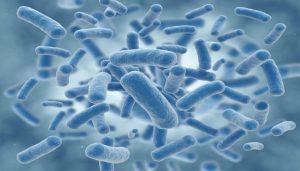
Cryptosporidium and giardia, the top two micro-organisms found in drinking water, can cause vomiting, diarrhea and cramps. Legionella, the third most common micro-organism found in water, causes Legionnaire’s Disease, a type of pneumonia.
 Chemical Contaminants
Chemical Contaminants
Disinfectants
We add disinfectants to water to help control microbial development. The disinfectants can cause eye and nose irritation, stomach discomfort and anemia. Chlorine dioxide can cause anemia and nervous system effects in infants and young children.
Disinfection byproducts
Disinfecting water produces potentially harmful byproducts. Although the hazardous chemicals appear in small concentration, all of these byproducts have been linked to increased risk for cancer. Chlorite is associated with anemia and, in infants and small children, nervous system effects. TTHMS are associated with liver, central nervous system and kidney problems.
Inorganic chemicals
Inorganic chemicals are generally types of metals and come from a variety of sources including:
- erosion of natural deposits
- discharge from different types of refineries, industries, factories, mills, and mines
- run-off from waste batteries and paints, landfills and croplands, fertilizer usage
- corrosion of pipeline and water distribution systems including household plumbing
- leaking septic tanks and sewage
- leaching from ore-processing sites
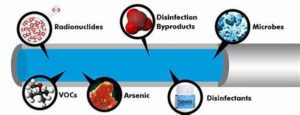
Organic chemicals
Organic chemicals are compounds that contain the element carbon. Carbon tetrachloride, benzene, and vinyl chlorides are just three of a long list of organic chemicals currently found in water supplies. A more complete list can be found on the EPA website. These chemicals pose a threat to almost every system of the human body including skin, nervous system, circulatory system, liver, kidneys, spleen, thyroid glands, adrenal glands, reproductive system, eyes and stomach. In addition, they also put their victim at an increased risk for cancer.
 Radiological
Radiological
Radiological chemicals contain small degrees of radiation. They are produced by the decay of radioactive substances.
Radionuclides
The two most common radionuclides found in drinking water are radium and uranium. Both of these find their way into water sources through erosion of natural deposits. Prolonged ingestion of these contaminants can lead to kidney poisoning and increased risk of cancer.
Is your public system tap water safe?
Even public water supply systems are plagued with a variety of potentially harmful contaminants and micro-organisms. Although more regulated than private drinking water supplies from wells, public water systems frequently have outbreaks from contaminants.
Types of Contaminants
The CDC provides a list of the most common causes of outbreaks in the public water system.
Top 10 contaminants causing outbreaks in public water systems
Giardia
Legionella
Norovirus
Shigella
Campylobacter
Copper
Salmonella
Hepatitis A
Cryptosporidium
E. coli, excess fluoride(tie)
Sources
There can be many sources of contamination of our water systems. Here is a list of the most common sources of contaminants:
- Naturally occurring chemicals and minerals (for example, arsenic, radon, uranium)
- Local land use practices (fertilizers, pesticides, livestock, concentrated animal feeding operations)
- Manufacturing processes
- Sewer overflows
- Malfunctioning wastewater treatment systems (for example, nearby septic systems)
Health concerns
The presence of certain contaminants in our water can lead to health issues, including gastrointestinal illness, reproductive problems, and neurological disorders. Infants, young children, pregnant women, the elderly, and immuno-compromised persons may be especially susceptible to illness. Many harmful contaminants are regulated by the United States Environmental Protection Agency (EPA). The EPA makes sure that water meets certain standards, so you can be sure that high levels of contaminants are not in your water.
Solutions
Whether your drinking water comes from a private well or a public water system it can be contaminated. But, there is good news. Scientists and other water specialists have developed a number of methods for treating water – from private and public sources. Be sure to look for the second installment in this series to learn about Basic Water Treatment.
Conclusion
Is your drinking water contaminated? You cannot tell just by looking at it. Let us help. Call Knoxville Water Treatment today and schedule your free water testing appointment.
The post Drinking Water Contaminants appeared first on KNOXVILLE WATER TREAMENT | Water filters & Softeners | Water Purification Systems.
source http://knoxvillewatertreatment.com/drinking-water-contaminants/
 What are drinking water contaminants?
What are drinking water contaminants? Chemical Contaminants
Chemical Contaminants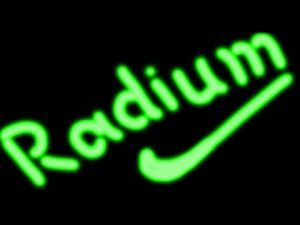 Radiological
Radiological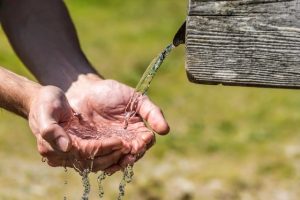 What is well water?
What is well water?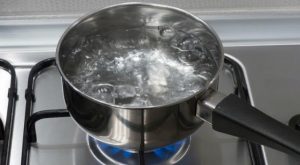 Distillation
Distillation Salt Bridge. Sounds like a magical structure in a fairy tale land, doesn’t it? But here in the REAL world it is a big problem for homeowners if left untreated.
Salt Bridge. Sounds like a magical structure in a fairy tale land, doesn’t it? But here in the REAL world it is a big problem for homeowners if left untreated.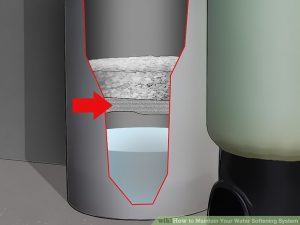 This crust creates an empty space between the water and the salt in the brine tank. When this happens, salt cannot dissolve into the water in the brine tank. This means the water softener won’t make the brine needed to rinse out the resin in the water softener. Without brine, the resin beads can’t do what they are meant to do, which is soften water.
This crust creates an empty space between the water and the salt in the brine tank. When this happens, salt cannot dissolve into the water in the brine tank. This means the water softener won’t make the brine needed to rinse out the resin in the water softener. Without brine, the resin beads can’t do what they are meant to do, which is soften water.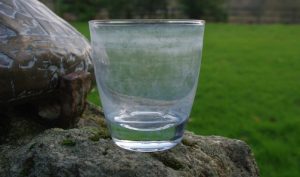 If the water softener has a salt bridge in the brine tank, its basically like the house is running on hard water again. The excess minerals in hard water drastically counter-act the way the household soaps and detergent perform. Another way to tell is by the appearance of clothes and dishes. If the dishes have a foggy or musty look to them, or the clothes are dingy and stiff, that means that the water softener is not working. Salt bridges prevent the water softener from regularly regenerating, which in turn halts all of the other functions.
If the water softener has a salt bridge in the brine tank, its basically like the house is running on hard water again. The excess minerals in hard water drastically counter-act the way the household soaps and detergent perform. Another way to tell is by the appearance of clothes and dishes. If the dishes have a foggy or musty look to them, or the clothes are dingy and stiff, that means that the water softener is not working. Salt bridges prevent the water softener from regularly regenerating, which in turn halts all of the other functions.
 Problems like spots on the dishes and faded color on laundry. Hard water also causes stiff, scratchy towels, itchy skin, and even dull hair. The excess minerals in the water even counteract the effectiveness of soaps. The result: more soap and detergent and shampoo required to clean. Unfortunately, more soap doesn’t effectively deal with the hard water problem which means you still end up with dirty, dingy-looking dishes, clothes, and people.
Problems like spots on the dishes and faded color on laundry. Hard water also causes stiff, scratchy towels, itchy skin, and even dull hair. The excess minerals in the water even counteract the effectiveness of soaps. The result: more soap and detergent and shampoo required to clean. Unfortunately, more soap doesn’t effectively deal with the hard water problem which means you still end up with dirty, dingy-looking dishes, clothes, and people.
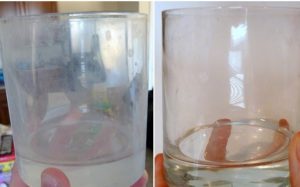
 The initial cost for purchasing a water softener can range anywhere from a few hundred dollars to a few thousand dollars. Most water softeners are salt based, so not only are you buying the unit, but you will also have to continually purchase salt for the water softener. The most popular types of systems also require regular maintenance.
The initial cost for purchasing a water softener can range anywhere from a few hundred dollars to a few thousand dollars. Most water softeners are salt based, so not only are you buying the unit, but you will also have to continually purchase salt for the water softener. The most popular types of systems also require regular maintenance.
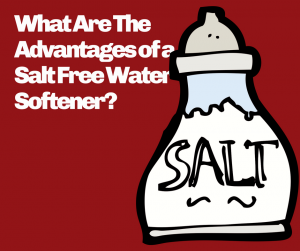
 it comes with a catch. An AMT doesn’t remove hard water chemicals, it just alters their composition, so they won’t leave as much “scale” effects on dishes. This option does not prevent buildup in water-using appliances where water stays for up to forty-eight hours, such as a hot water heater. There is also less scientific evidence that this method works efficiently and effectively.
it comes with a catch. An AMT doesn’t remove hard water chemicals, it just alters their composition, so they won’t leave as much “scale” effects on dishes. This option does not prevent buildup in water-using appliances where water stays for up to forty-eight hours, such as a hot water heater. There is also less scientific evidence that this method works efficiently and effectively.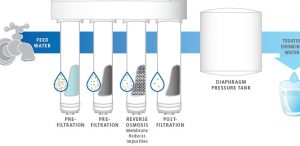
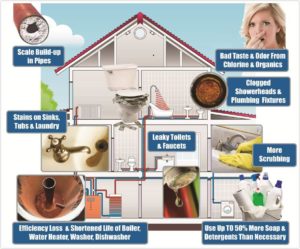

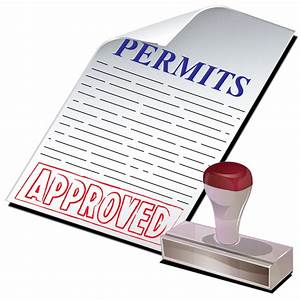
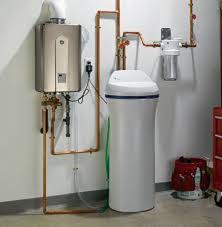 Now you need to find a place in your house where you will install the system you’ve chosen. Things to remember when selecting the location for your water softener include:
Now you need to find a place in your house where you will install the system you’ve chosen. Things to remember when selecting the location for your water softener include: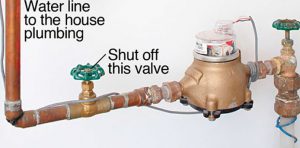 (Note: These are general installation steps. We like these DIY
(Note: These are general installation steps. We like these DIY